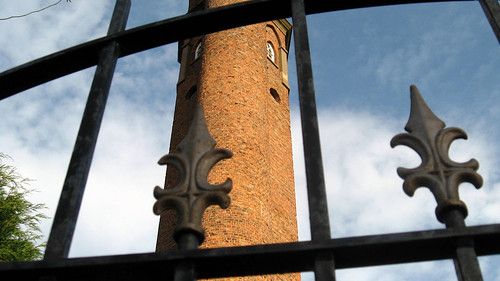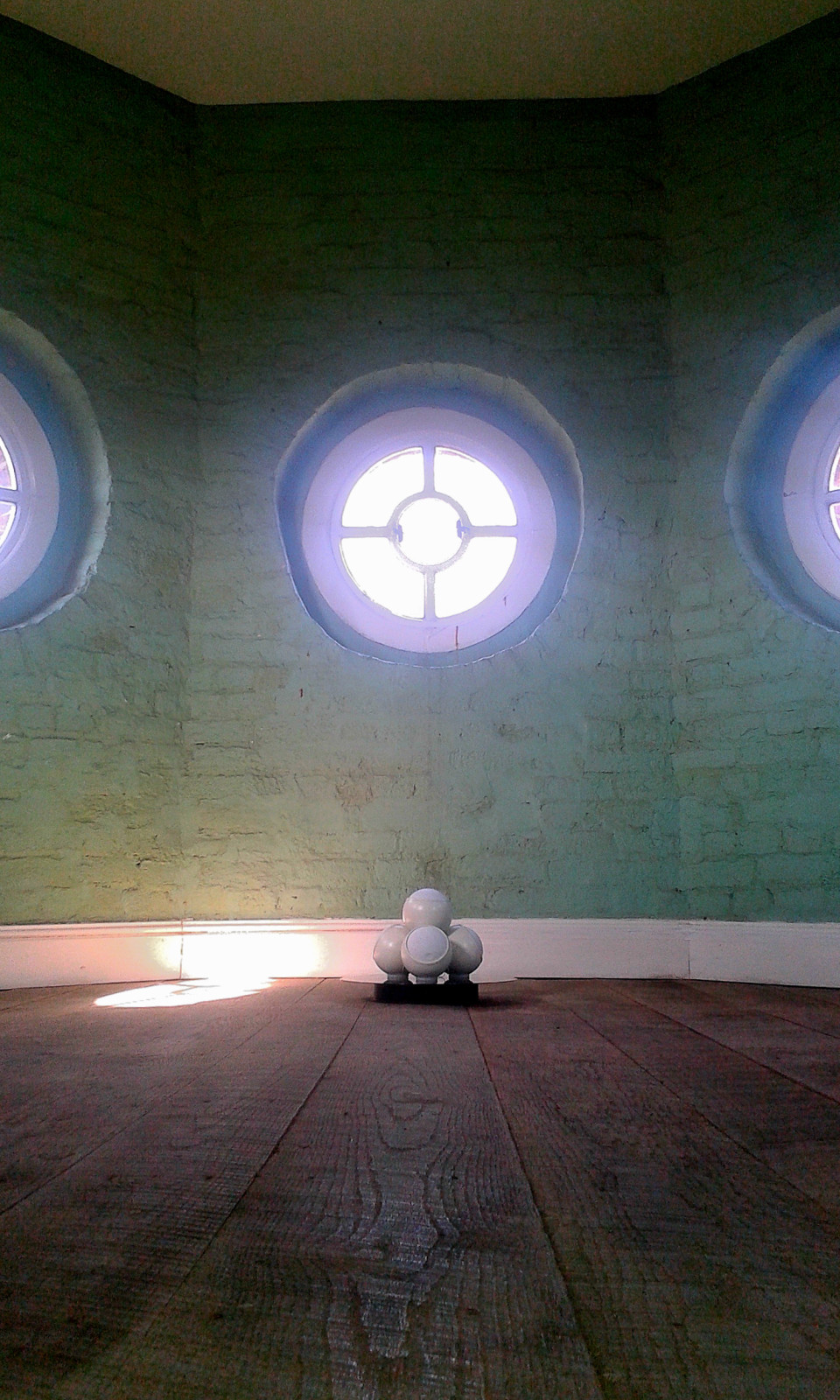Perrotts Folly

Birmingham Conservation Trust’s critical work to save the listed grade 2*
building from collapse was completed in 2005. BCT acted as project
managers for the Perrott’s Folly Company with funding from English Heritage
and working with contractors Sapcotes.
There is global interest in the future of Perrott’s Folly, principally because many Tolkien fans regard it as a key inspiration for his work. It forms part of the city’s Tolkien Trail.
Fear of Collapse
Structural engineers from English Heritage had warned that the building could fall down without emergency repairs, a project which turned out to be more challenging than expected.
Work uncovered a critical problem at the point where the square base meets the main part of the hexagonal tower. The oak beams, which had supported the tower, were decayed and little was holding up the brickwork.
Money was diverted to replace the beams and stabilise the structure.
Grouting an entire Tower
At the same time a problem was detected with the brickwork. The two skins of brick on the tower were free floating. When it was built nothing had been done to tie them together. Grouting was applied and the brickwork re-pointed.
As Sapcotes concluded:
“Thanks to these repairs the tower will now stand for another 100 years, but there is still much more work to do. Due to the unforeseen works some important maintenance was omitted and the onward restoration of this important building in both Birmingham and the world of JRR Tolkien remains of permanent importance.”
The building is still on the Buildings At Risk Register.
The building is now owned and managed by the charity Trident Reach who bought it in 2013 for £1. The charity needs to raise £1 million to convert the folly into a community venue for art exhibitions, social events and groups. Having taken the decision not to turn it into a tourist attraction, initially the charity is exploring the building’s heritage through contemporary art and architecture. There have been a lot of interesting activities going on at the folly over the years; including exhibitions, gardening sessions and a Re Future project to build a temporary canopy in the grounds. The folly is opened from time to time for tours.
A Brief History
Built in 1758 by John Perrott, a local landowner, there is some delicious speculation about his motives for putting it up. These include the notion that he needed a vantage point to spy on his unfaithful wife. The truth may be slightly less dramatic. It is most likely to be a combination of observatory and a fashionable and elaborate venue for private entertaining.
In 1884 the pioneering Birmingham glass-maker and meteorologist Abraham Follet Osler began using the building for weather observations. As the Edgbaston Observatory it became part of one of the world’s first regular weather forecasting services – keeping up that work until 1979, at which time it fell into disuse.
In the early 20th century the writer JRR Tolkien lived nearby. Walking around his neighbourhood he would see two towers: the Folly and the Victorian stack which forms part of the Edgbaston Water Works. So the question remains – did the folly emerge from his young imagination as one of the Two Towers in the Lord of the Rings trilogy?



